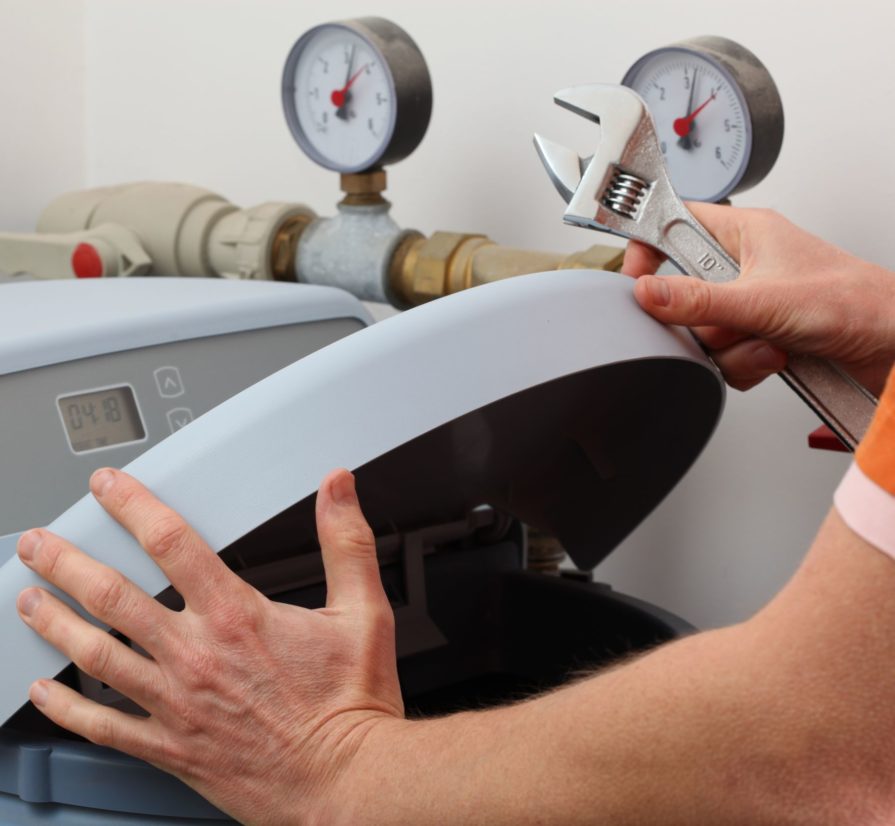
When discussing water filtration, a good deal of fancy words and scientific processes get thrown into the conversation. Water supplies vary by region and often contain some pretty disgusting contaminants. As the cost of bottled water and plastics skyrocket, home filtration options have presented a viable and economic alternative. But which one works best for your home and your water? Finding the best filtration option for your home is a process. Follow these simple steps to help you find the best water filtration option for your home.
Identify Your Water and What’s In It
- If your water comes to you through a mainline from a city source, you can check your Annual Water Quality Report. The EPA is a valuable and reputable resource for this information. Mainline water often carries the potential for lead and copper.
- If your water comes from a well water supply, you will need to have your water tested. The Public Health Department offers advice for finding water testing services in your area. Well water test often report bacteria, nitrates and water hardness.
Now that you’ve identified what’s in your water, you can explore options for how to treat your water supply for filtration.
Explore Your Filtration Options
- Filters – Filters were created to capture sediment and buildup in your water. There are two main types of filters.
- Whole home filtration system – These filters must be looped into the home (water softener loop will work) and work best in conjunction with a water softener. These can be cost ineffective as the system itself can be more than $1,000 AND require frequenting replacing of the filters themselves.
- Per fixture – These filters fit on the fixture or rest under the sink. They are typically inexpensive and easy to install and replace. Most are found in the kitchen, as it is the most commonly used fixture in the house. These basic filters can remove the taste of chlorine from your water. Cost for filters ranges from $10 to more than $100 depending on technology and efficiency.
- Water Softeners – If you live in areas like San Antonio, you are accustomed to needing a water softener due to the exceptionally hard water we have running through our mainline supply. Water Softeners use a process called “ion exchange” to remove lime and calcium buildup which creates the “hardness” in the water. Ion exchange utilizes salt and resin to filter the sediments out of the water. Water softeners require a softener loop in your home to provide soft water to the entire house (there is a bypass function that still allows water into the home if the softener is not functioning properly). The softener and loop could cost thousands of dollars, but will increase the life of your appliances and plumbing system.
- Reverse Osmosis – The reverse osmosis process forces water through semi-permeable membrane and traps metals and minerals, such as chloride, fluoride, sodium and minerals. They’re usually installed at your kitchen sink and usually cost a few hundred dollars. You may need a pressurized storage tank to meet your water demands. Reverse osmosis works best in conjunction with a water softener.
Other processes, such as distilling (which boils the water to dissolve metals and minerals), oxidation (oxides iron and manganese out of the water supply) and UV (uses ultraviolet light to kill microorganisms), are effective but have many downsides. These filters are more expensive, it’s harder to find replacement parts and they backwash which requires maintenance, attention and money.
Choose the right water filtration system for you! (Keep in mind, depending on what’s living in your water, you may need more than one filtration system.)
Whichever home water filtration system you chose, make sure you have a licensed and insured professional come to inspect the system or appliance at least once a year to insure proper function and efficiency.

